The Ancient Art of Cupping Therapy: Healing Traditions for Modern Times
Throughout the years, people have used many different ways to heal and feel better. One of these old methods is called cupping. This method has been around for a very long time and is still used today by some people who believe it can help with health issues.
What is Cupping Therapy?
Cupping therapy is a simple treatment where cups are placed on your skin and then suction is created. This sucks the skin slightly into the cup. People believe this can help increase blood flow, ease pain, get rid of body heat, and pull out toxins from beneath the skin.
Cupping can be done on its own or with other treatments, like sticking needles in the skin (acupuncture) or massage. There are different types of cupping therapy, including dry and wet cupping, each used for different reasons.
You might also be interested in: What is ayurveda massage?

Its History and How Different Cultures Use It
The idea of cupping has been around for a very, very long time. It started in places like ancient Egypt, China, and the Middle East. Old pictures and writings show us that people have been doing this since 1,550 B.C. in Egypt and in ancient Chinese texts. Over time, the method traveled across the world, and different people added their own touches to how it’s done.
We’re looking into cupping again because it’s becoming popular as a way to help with modern health problems. Even though it’s an old method, it seems to help some people today, especially when used with other health treatments. We want to understand how something from the past might help us now and in the future to make healthcare better for everyone.
You might also be interested in: Tui Na Massage
Understanding Cupping Therapy
Cupping therapy is an old way of treating illnesses that comes from places like China, Egypt, and the Middle East. It involves putting cups on the skin to make a suction effect. People believe this helps the body’s energy flow better and helps with healing. Over time, cupping has mixed old ideas with new scientific understanding. This chapter talks about the different kinds of cupping, how cupping works, and what you need to do it.
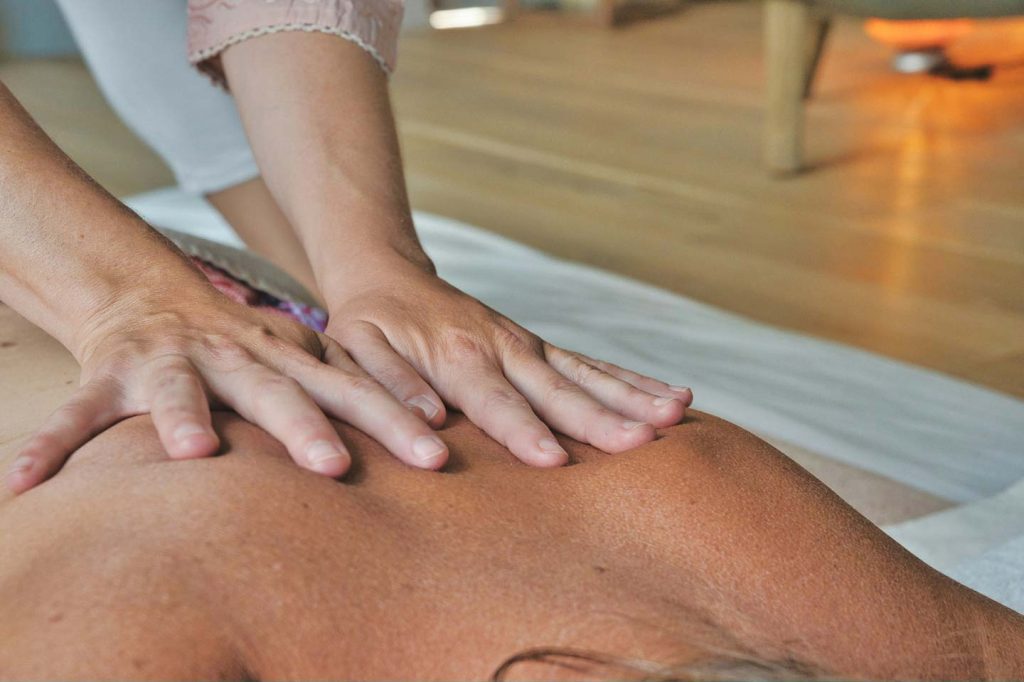
Types of Cupping Therapy
There are four main kinds of cupping: dry, wet, fire, and non-fire cupping. Each type has its own way of helping the body and is chosen based on what the person needs.
Dry Cupping
This common type uses suction only. Cups are put on the skin, and air is taken out either by heating the air inside or using a suction tool. This pulls the skin into the cup.
Wet Cupping
Also called Hijama, wet cupping makes small cuts on the skin after sucking the skin into the cup. The idea is to take out a little bit of blood that may have bad stuff in it, to help the body heal.
Fire Cupping
In fire cupping, a practitioner uses fire to get the air out of the cup. They might light a cotton ball on fire, put it inside the cup, and then put the cup on the skin. The fire uses up the oxygen, creating suction.
Non-Fire Cupping
This modern way doesn’t use fire. Instead, it uses tools like hand pumps to take air out of the cups safely and with control.
The Science Behind Cupping Therapy
Cupping is thought to help mainly by affecting the muscles and blood flow. The suction from the cups is believed to help muscles relax, get better blood flow, and start healing. It’s also thought to help get rid of toxins and help with body defenses.
Muscular System
Cupping is said to help muscles heal from deep inside by causing a tiny bit of harm that makes the body start healing itself, easing pain.
Circulatory System
Cupping is also believed to make blood flow better, bring more oxygen, and help get rid of waste from cells. This may help the body fight off germs better and boost energy.
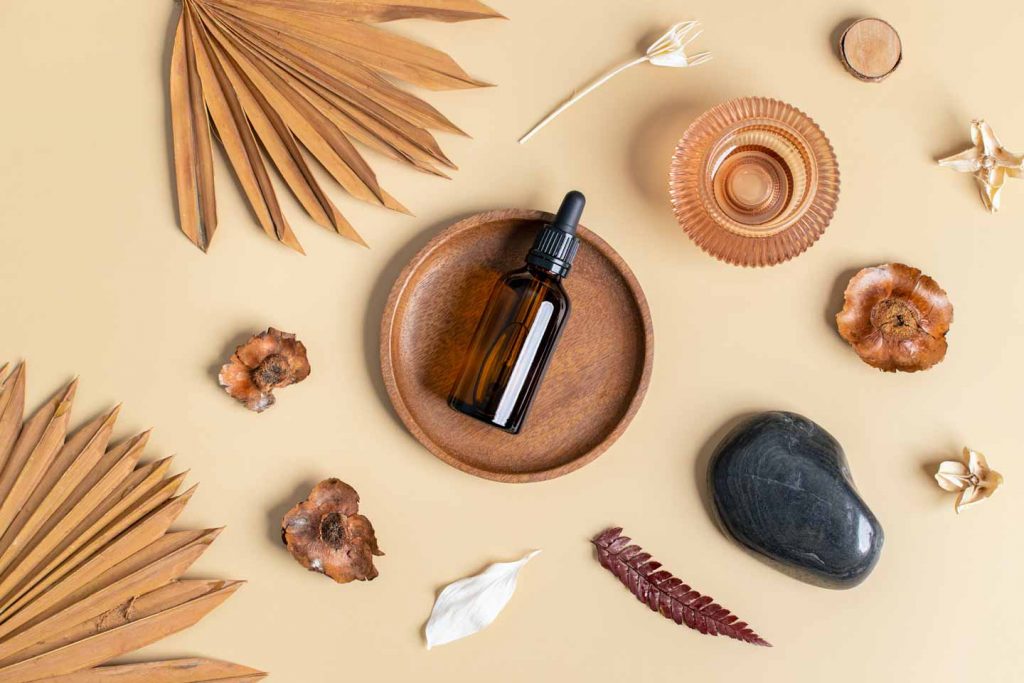
Equipment and Materials Used in Cupping
Different tools are needed for cupping, which can change based on how you’re doing it. Here’s what’s commonly used:
- Cups: These can be made from glass, bamboo, or more modern materials like silicone or plastic that are easier to use and control.
- Suction Devices: For non-fire cupping, tools like hand pumps create suction. For fire cupping, you might need cotton balls and alcohol.
- Sterilisation Equipment: Keeping everything clean is very important, especially for wet cupping where cuts are made. Items like sterilised needles, antiseptics, and gloves are needed.
- Markers: Sometimes, markers are used to show where the cups should go.
Cupping therapy is a special way to try to improve health by combining old knowledge with new. It’s important to understand the different kinds of cupping, how it’s supposed to work, and what’s needed to do it. Always talk to a health professional before trying cupping to make sure it’s safe for you.
Ancient Egypt
Cupping therapy was first written about in ancient Egypt. An old document called the Ebers Papyrus, from around 1550 BCE, talks about using cupping for fevers, pain, dizziness, problems during menstruation, and loss of appetite. The Egyptians really believed in cupping. They even drew pictures showing how they used this technique.
Ancient China
At the same time, China was also developing cupping practices. Early cupping in China was linked with acupuncture and used mainly for lung diseases. Over the years, the use of cupping grew to treat more illnesses. The oldest Chinese writing about cupping, the Bo Shu, and later, the Huangdi Neijing (a famous medical book from around 100 BCE), mention its use for managing the body’s energy.
Evolution of Cupping Techniques Over the Centuries
The tools and methods for cupping have changed a lot over time. First, people used hollow animal horns and later switched to bamboo cups and then to glass cups. Fire was used to create suction in the glass cups.
Now, we also have modern silicone and plastic cups that do not need fire. This shows how cupping has changed with advances in technology and a better understanding of its benefits.
Integration into Traditional Chinese Medicine, Unani Medicine, and Other Holistic Practices
Cupping became a key practice in traditional Chinese medicine (TCM), where it’s used together with acupuncture and moxibustion. TCM doctors think cupping helps with things like pain and breathing problems by improving blood and energy flow.
In Unani medicine, which comes from ancient Greek and Arabic medicine, cupping is called “Hijama” and is used to remove bad substances from the body for better balance.
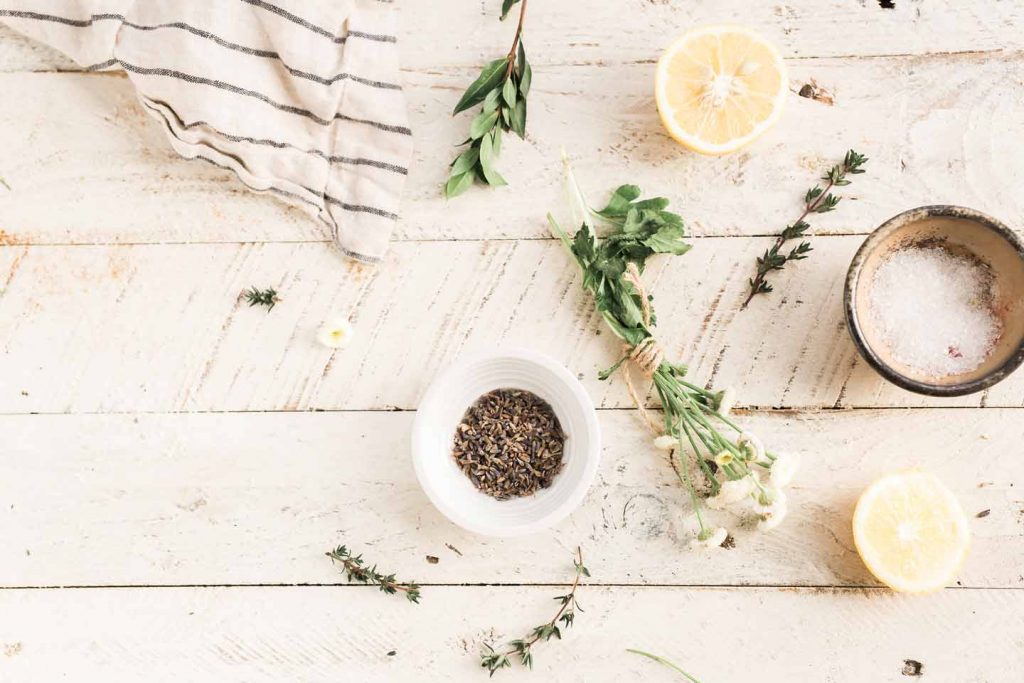
Cupping in Modern Medicine
Lately, more people are looking into old and natural ways to heal, like cupping. This interest is because some are not fully happy with regular medicine and want to try different, whole-body approaches to stay healthy.
What New Studies Say About Cupping
Research on cupping therapy is still ongoing. Some studies suggest it might help with pain, reducing swelling, improving blood flow, relaxing muscles, and making people feel better. However, scientists say we need more detailed studies to be sure cupping works well.
How Doctors Feel About Cupping
Doctors and health experts have mixed feelings about cupping. Some think it’s a good addition to usual medical treatments, but others are unsure because there isn’t enough strong evidence to prove it works and is safe.
Using Cupping for Different Health Issues
Cupping is used to treat things like back and neck pain, headaches, stiff knees, and sore muscles. Some also use it for breathing problems like asthma.
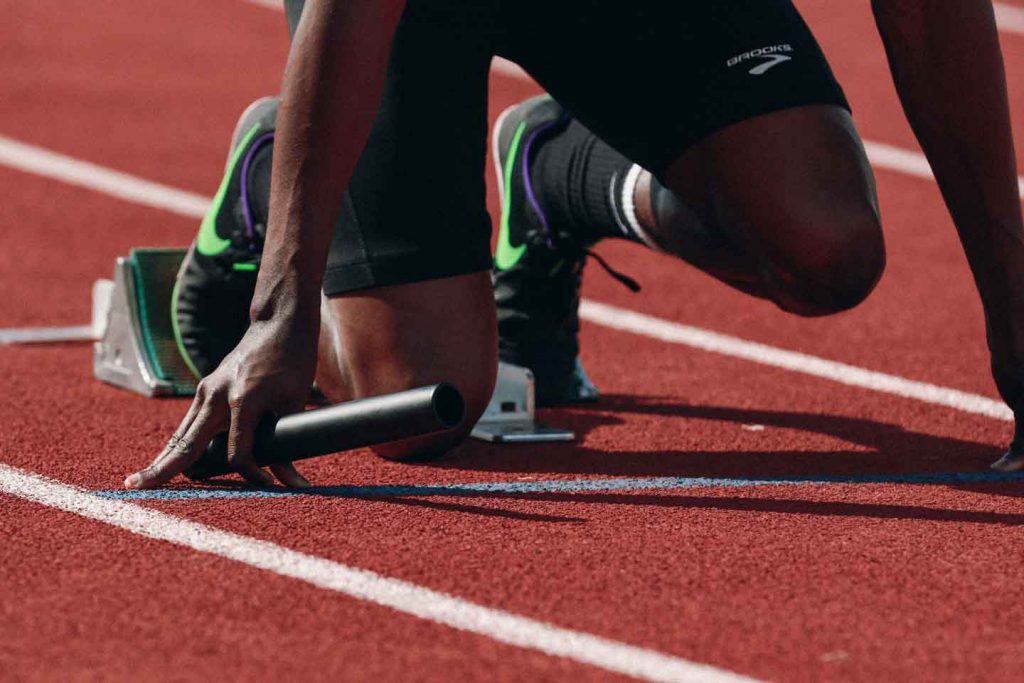
Cupping in Physical Therapy and Sports
In sports medicine and physical therapy, cupping is a technique to help muscles recover faster and reduce stiffness. Athletes and therapists say cupping helps lessen muscle cramps and increases blood flow to injured areas, helping the healing process.
Learning the Art of Cupping
Learning cupping starts with knowing how to do it safely. It’s important to use clean cups and a clean space to avoid infection. Practitioners should be careful not to burn the skin with hot cups and should watch how the skin reacts to avoid bruises or blisters.
There are some people who should not do cupping, such as those with skin infections, serious diseases, very high fevers, or heart problems. Pregnant women and people who bleed easily should also avoid cupping. Always talk to a doctor before trying cupping.
DIY Cupping: Is It Safe and Effective?
You can find cupping kits to use at home which might make you wonder if you should try it yourself. However, doing cupping on your own can be risky if you don’t know how to do it right, and it might not even work well. It’s safer and probably more effective to go to a trained practitioner if you’re interested in trying cupping.
Cultural Impact and Popularity
Cupping has become more popular because famous people and the media show it in a positive light. Many celebrities have shown their cupping marks and talked about how it helps them, which makes more people want to try it.
Cross-cultural Adoption and Adaptation of the Practice
Cupping started in ancient China but now people all over the world use it, each adding their own style to the practice. This shows that many different kinds of people find cupping helpful. As it gets mixed into different health practices around the world, it changes a little to fit what those people need or like.
The Future of Cupping as Part of a Holistic Health Trend
Cupping is part of a bigger trend towards natural and gentle health treatments. More people are looking for ways to take care of their whole self—body, mind, and spirit—and cupping fits into this. As more research is done and more people try it, cupping is likely to become a key part of natural health care around the world.
Final Thoughts!
Finally, cupping is an old healing method that’s becoming popular today as a natural way to feel better. Many famous people and different cultures like it, showing that more people are looking for natural health options. As we learn more about cupping and more people try it, it’s becoming an important way to look after our health in modern times.
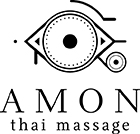



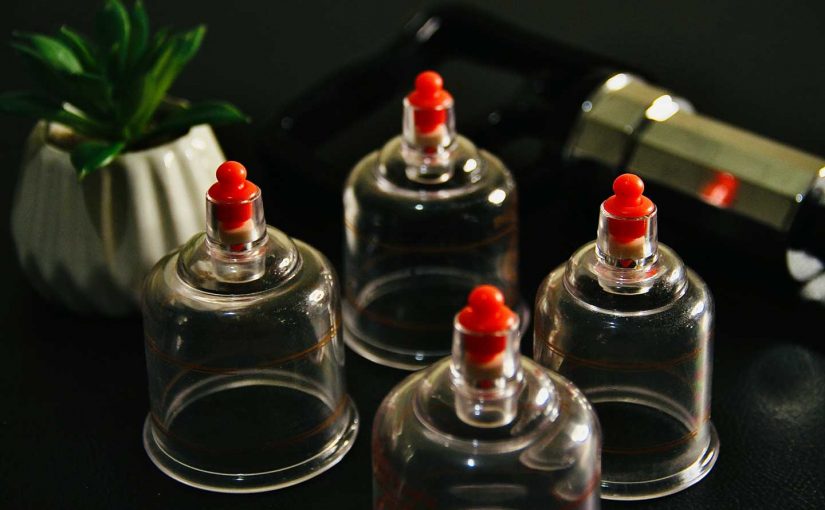





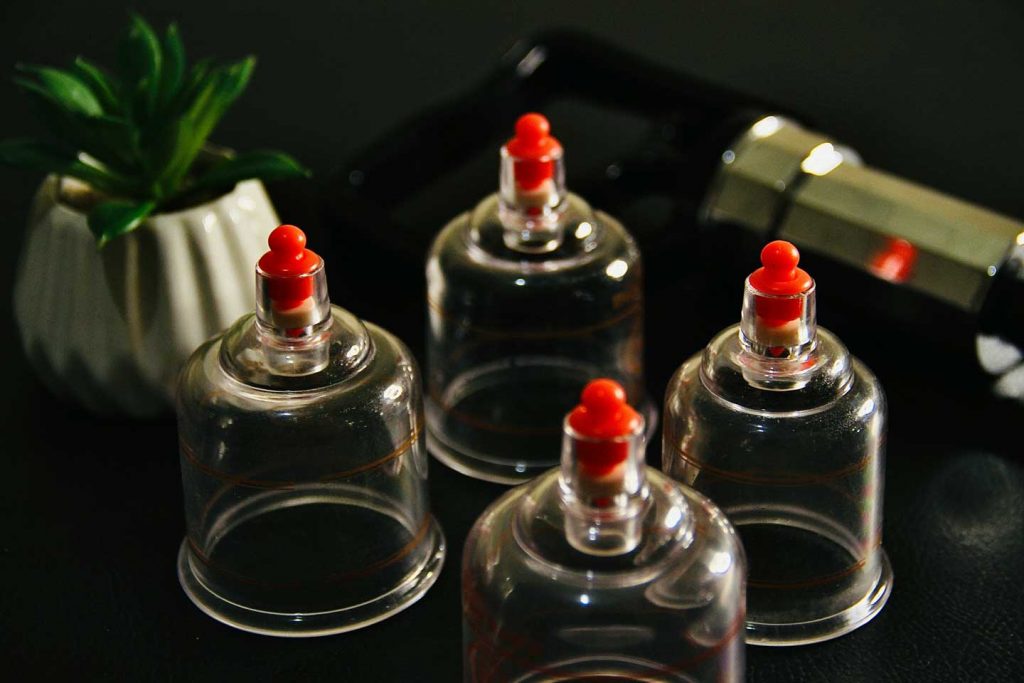
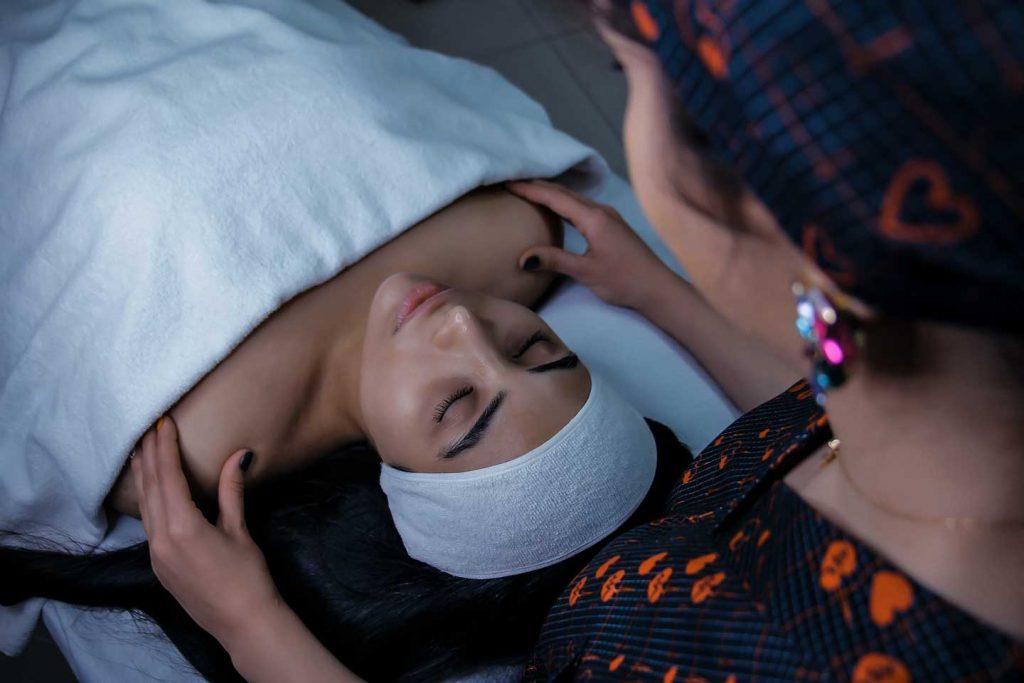
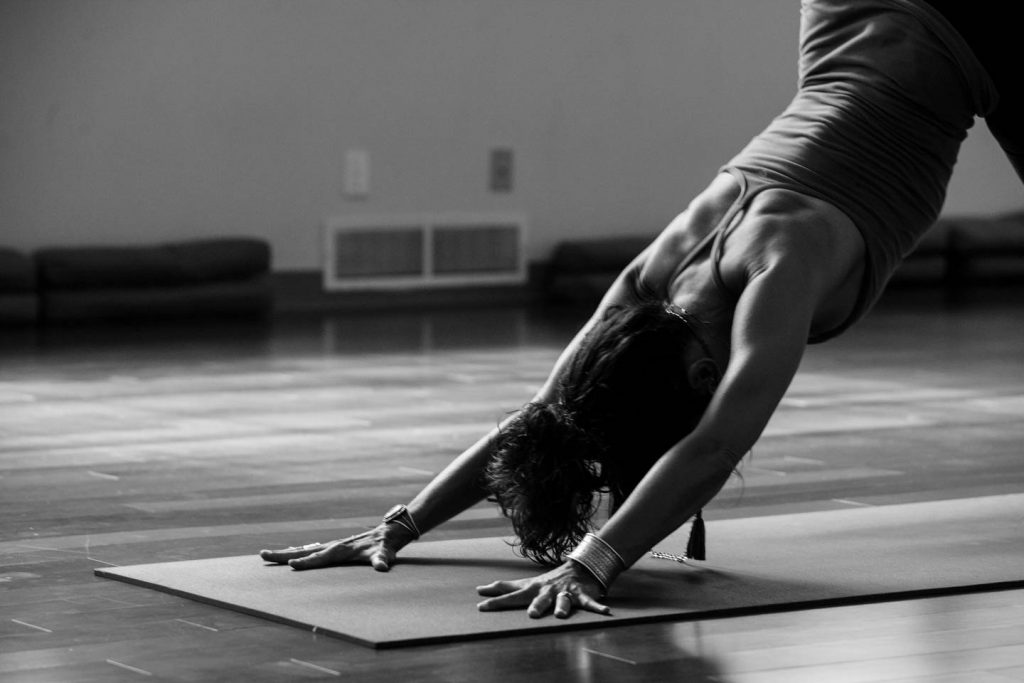
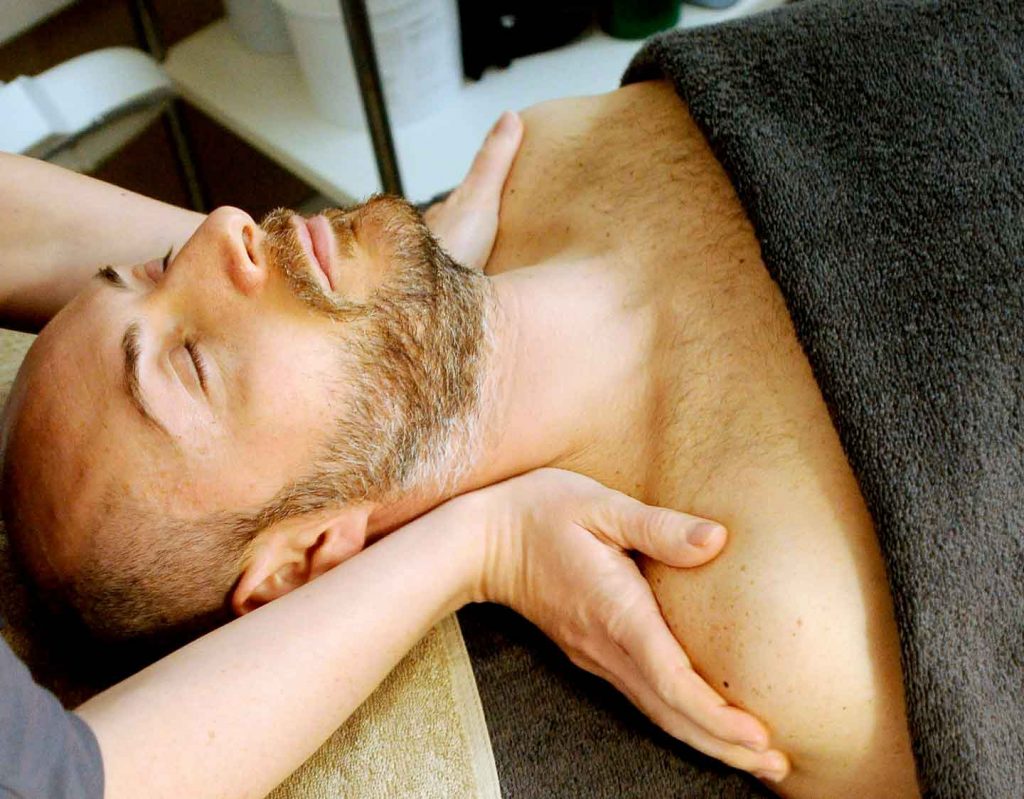
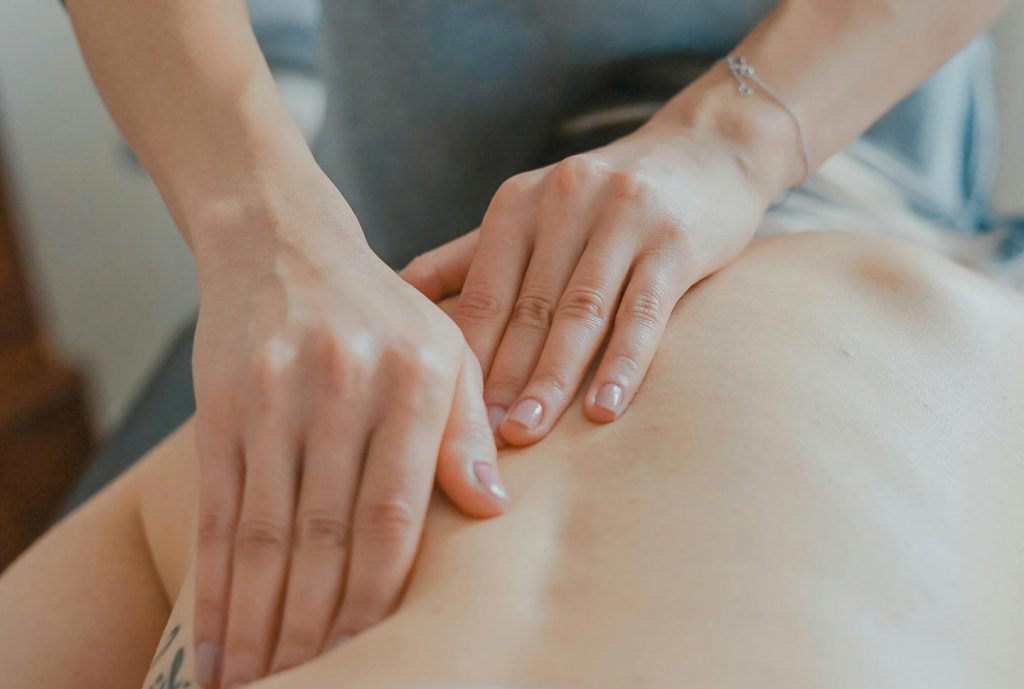
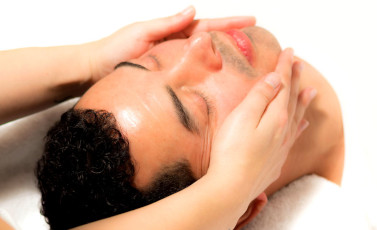
Comments are closed here.